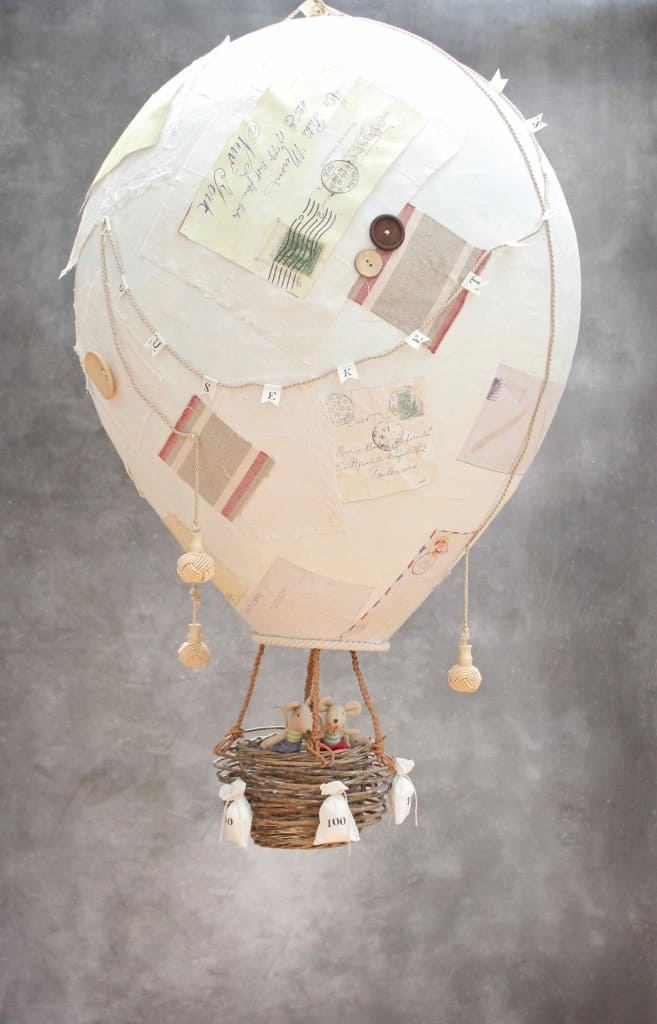Table of Content
Now pin the RIGHT side of your lining piece to the WRONG side of your zipper. Iron the Fusible Fleece interfacing to the wrong side of your pouch lining pieces. The zippered pouches I’m showing you how to make today measure approx 6″ x 8″ when finished. You can make these bags ANY size you like just change the size of your rectangles. If you do this, just make sure that your zipper is longer than the width of your pouch.
Straight stitch along the folded edge to create the casing. If your pouch is small, remove the optional arm from your sewing machine. This way, you can slide the pouch onto your sewing machine and stitch around the casing—you don't want to accidentally sew your pouch closed! Make straight stitches all around the folded edge. To make a no-sew pouch, start by tracing a circular plate onto a piece of fabric.
Attach the tabs
There should be the same distance from each side of the zipper to the fabric’s edge – approx. Place the zipper tabs over both ends of the zipper and stitch them in place to close the fold. My fabric pieces are 6” wide x 5” tall, and my zipper measures exactly 5”. Anyway, if you’re using regular zippers (aka non-invisible zippers) there’s no need to sew too close to the zipper’s teeth when making these pouches.

The most important part here is to match the main fabrics at the zipper seam, like so. Take one of the small rectangles and fold it in half along the 2” edge. Then you’ll fold in both short edges to meet the center fold, as shown in the picture below. Place the lining and the outer fabric right sides together.
Step 2 – prepare and attach the zipper tabs
Place the piece with the zipper right sides together with the larger outer fabric. Open up the fabric and topstitch the zipper on both sides at 0.08 inch (0.2 cm) right at the edge. Then lay the second outer fabric piece, right sides up and flip the zipper piece so their right sides are together. If you know how to sew a zipper, this will be so easy for you. Let’s get started with this beautiful, customizable DIY makeup pouch. If you're making a very small pouch, you could sew it by hand.
Stitch the zipper to the main fabric piece with a small 1/8” seam allowance. Bring the safety pin back through the other opening so the ends are matching up. Next, insert the safety pin through the tube opening on the opposite side of the pouch. This opening will be right next to where you just brought the safety pin out of the casing. Work the safety pin and cord through this casing in the same way. Then, unfold your square of paper again, making sure you the creased have created for squares.
EXPRESS.CO.UK
Insert the pins so that they are perpendicular to the folded edges of the fabric. This will make it easier to remove them as you sew. Fold and pin 1 in (2.5 cm) of fabric on the top edges.
Use your choice of fabric like cotton, canvas, or felt. Some fabrics have a inside and a outside, or a pretty and a less pretty side, just as most humans do. Put your outside piece with the pretty side on the inside piece with the side with circles.
How to Make a Simple Zipper Pouch
If you have a rotary cutter and cutting mat, you may use that to cut along the line instead. Apply firm, even pressure to the cutter to ensure that you do not have to go over the same spot twice. The wikiHow Video Team also followed the article's instructions and verified that they work.
We have recently updated it to include video instructions. This bag is lined, features a polyester zipper, and uses two types of fusible interfacing. This lined zipper pouch tutorial is great for beginners.
Mia was trained at the Fashion Institute of Design and Merchandising and received her AA in Fashion Design and BS in Business Management. Cut one end of the rectangle to a point if you'd like a pointy fold. Fold the rectangle in half lengthwise and cut a triangle from 1 end of the rectangle. Then, unfold the felt—you'll see 1 end is now pointed like an envelope while the opposite end is still straight. In (3.8 cm) from the opposite end of the rectangle—this gives you room to make the drawstring casing at the top of the pouch. Fold the rectangle in half so the right sides of the fabric touch.

Thank you so much Jo, really kind words of you! Now, take the lining out of the way and topstitch along the top edge of the main fabric piece, about 1/8” away from the zipper. This line of stitching will hold the fabric in place to prevent it from getting stuck in the zipper. When you’re done with the thread stoppers, use regular scissors to cut your zipper on the marking lines. Mark a ⅜ inch seam allowance all around and cut out the shape on both fabrics. Place the larger piece of the fleece onto the wrong side of the outer layer of fabric.
"I love the way it shows you how to make 2 different types of pouches." Thanks to all authors for creating a page that has been read 127,190 times. It suggests cotton fabric in the materials section at the end of the article.

Sew in a straight line going from 1 edge to the other. This will create a tube in the fabric through which you can insert a cord. Thread the closed safety pin through the opening on 1 side. Turn the bag right side out so that all of the seams are hidden. Then, loop the end of a 12 in piece of cord around a safety pin a few times. Close the safety pin and then insert it through the opening in the tube casing.
Place the strips on the 6.5 X 1.38-inch outer fabric pieces on the wrong side. If you'd like to make a small pouch, go for a rectangle that's 4 by 8 inches (10 cm × 20 cm). Felt is a great fabric for beginner sewers since it won't fray and it's sturdy enough that you don't need to add interfacing for support.

No comments:
Post a Comment